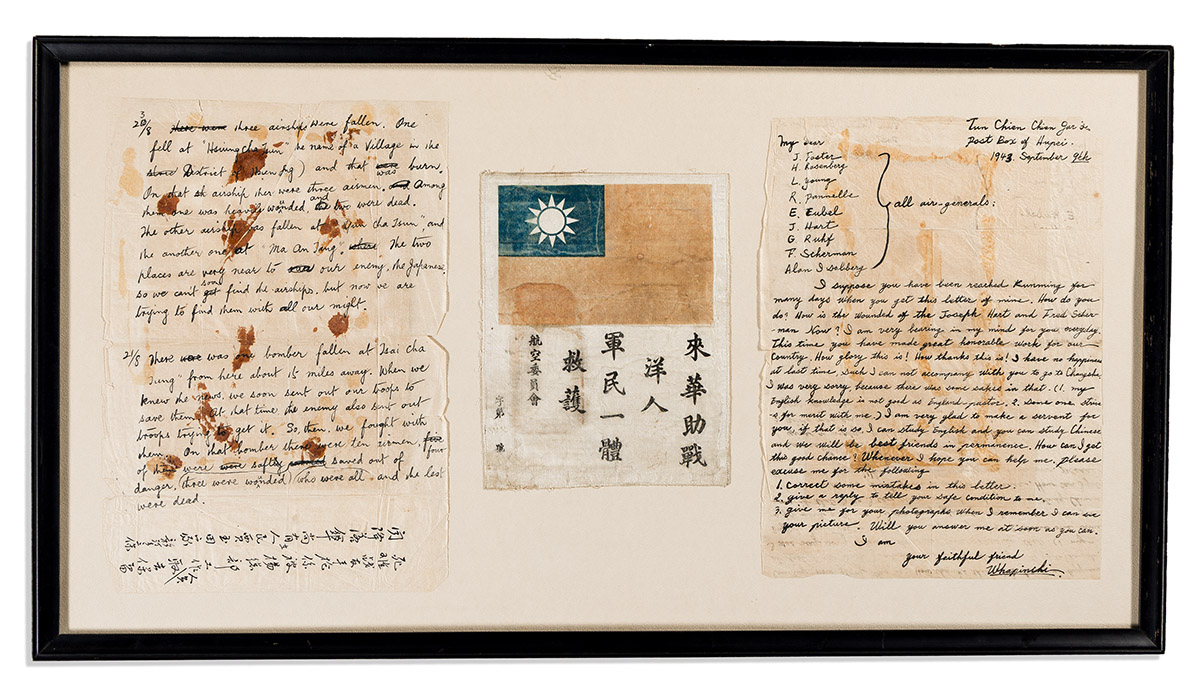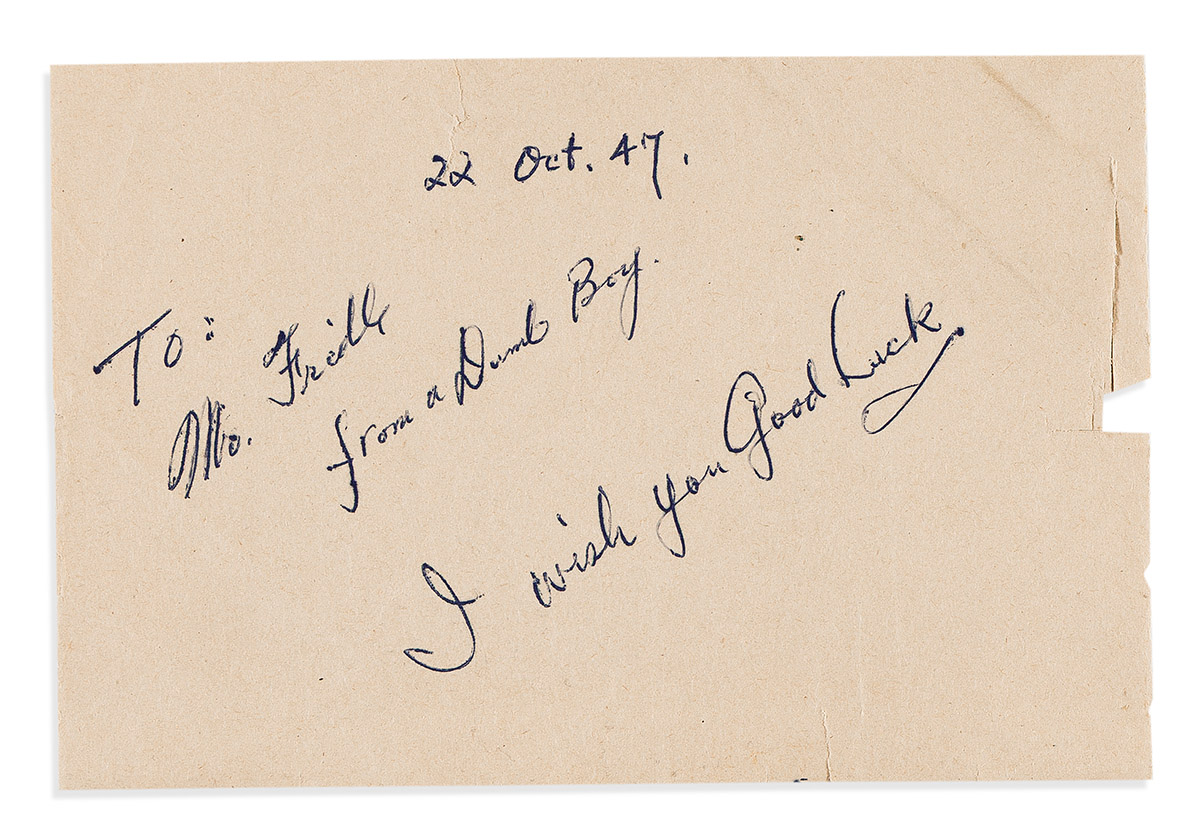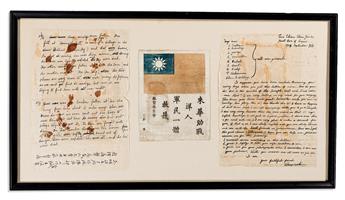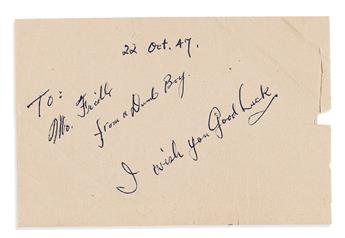Sale 2708 - Lot 211
Estimate: $ 800 - $ 1,200
Additional Details
Also in This Catalogue
-

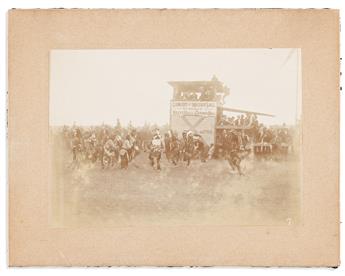 Lot 7(AMERICAN INDIANS.) Photograph of an Indian dance performance.Estimate $800 - $ 1,200
Lot 7(AMERICAN INDIANS.) Photograph of an Indian dance performance.Estimate $800 - $ 1,200 -

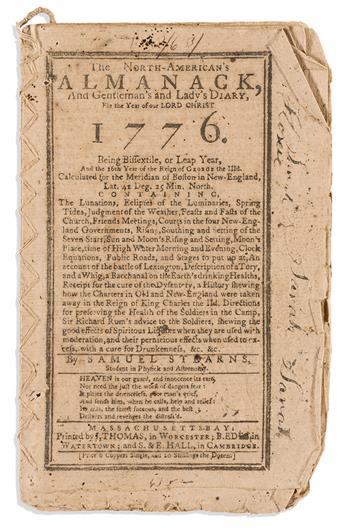 Lot 11(AMERICAN REVOLUTION--1775.) Samuel Stearns. The North-American's Almanack, and Gentleman's and Lady's Diary, for . . . 1776.Estimate $800 - $ 1,200
Lot 11(AMERICAN REVOLUTION--1775.) Samuel Stearns. The North-American's Almanack, and Gentleman's and Lady's Diary, for . . . 1776.Estimate $800 - $ 1,200 -

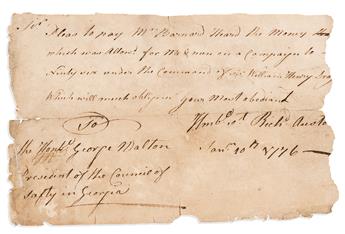 Lot 12(AMERICAN REVOLUTION--1776.) Invoice for Patriot troops serving in the first months of war in South Carolina.Estimate $800 - $ 1,200
Lot 12(AMERICAN REVOLUTION--1776.) Invoice for Patriot troops serving in the first months of war in South Carolina.Estimate $800 - $ 1,200


